
The BWSC Supporters, a group of wide-ranging creators and artists introduce the highlights of the tournament.
Journalist / consultant covering technology & design. Well-known as a tech journalist who has been covering Apple and other tech giants up close for more than 28 years, he has also been covering how technology is shaping our lives and the society of tomorrow. As a lecturer and consultant, I help my clients establish a new framework based on those trends.
The Epitome of 21st-Century Sports: Why the BWSC Continues to Enjoy the Support of Bridgestone
By Nobuyuki Hayashi
There was a time when all you needed to become an athlete was athletic ability and physical endurance. Not anymore. These days, the ability to perform mind-boggling skills that can impress an audience, as well as the technology of one’s sportswear and equipment, have an immense impact on the way the game is played. Teamwork and strategy can make or break one’s shot at athletic glory. More and more, sports can be appreciated from a multitude of angles.
One sport that epitomizes this new 21st-century direction is the Bridgestone World Solar Challenge (BWSC).
It was my fascination with the sport that led me to report on the test runs conducted in preparation for this biannual race—and which, in turn, provided me with an opportunity to interview Shuichi Ishibashi, Vice Chair and Representative Executive Officer of Bridgestone. Ishibashi is responsible for the company’s global operations, which include branding—such as its association with the Olympic and Paralympic Games—as well as R&D, procurement, production, and distribution. I asked him what it was about solar car racing that attracted Bridgestone in the first place, and why the company continues to support the sport.
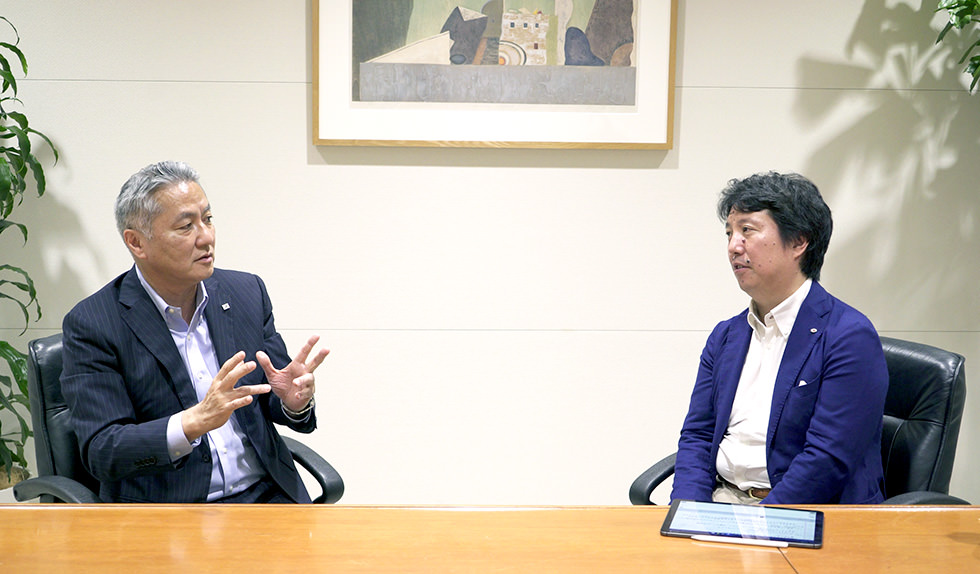
The perfect spectator sport
The BWSC contains a variety of elements that make it the perfect spectator sport. One notable example is the youth of its participants—which lends itself to compelling drama. It reminds me of the nationally syndicated high school baseball finals in Japan, which is one of the highlights of the Japanese summer. The dynamic created by the teams’ regional and school differences—as well as the knowledge that this is the high-stakes culmination of hours of training—makes it one of the most thrilling events on the sports calendar. The BWSC adds cultural differences to this mix- the teams come from countries around the world- and moves the setting to Australia.
Another of BWSC’s attraction is that the teams compete in cars they build themselves. Each team decides on a different concept—one might choose to single-mindedly focus on reducing air resistance, another might create a design inspired by nature and animals, and yet another might attempt to see how far they can go with a barebone car they built without the aid of a sponsor. It’s always interesting to see what results from these different approaches.
One more interesting aspect of the BWSC is the strategizing. Due to battery capacity restrictions imposed by the event’s regulations, it’s impossible to win without relying on solar power. Each day of the six-day race needs to be meticulously planned out, including how far to travel and where to set up camp, and the key to this strategy is information—on the weather and on the progress of the other teams. It’s the kind of cerebral battle that is sure to please strategy buffs.
But perhaps the most exciting part of the race is seeing how the team works together to solve problems that arise despite their best-laid plans.
“Sports is an integral part of the Bridgestone brand, which is why we support a wide variety of sports,” says Ishibashi. “Every sport is multifaceted in interesting ways, but perhaps the most important element of any sport is the ability of the team to work as one.”
Ishibashi recalls how at the 2015 race, as soon as the teams crossed the finish line in Adelaide, the members congratulated each other. The drivers and engineers, who had taken off from Darwin and spent days traveling the Australian Outback, were soon joined by the spectators, creating an atmosphere of good cheer and generosity. Ishibashi was deeply moved by this scene.
“Over the course of 3,000 km (1,865 mi.), members of each team spend every day working together to push their car as far as the sun will permit,” Ishibashi says. “There is something wonderful about that kind of teamwork. It’s the kind of chemistry that one can only achieve when every member of the team works together to achieve the same thing.
“If I was younger, I’d participate without a second thought.”
Many of the teams are repeaters intent on building up their legacy with every race.
“As the world’s biggest solar car race, the BWSC serves as a breeding ground for new ideas that in turn inspire the next generation of innovations,” Ishibashi says. “I think that’s what people look forward to when they watch the race, and this is what differentiates the BWSC from traditional motorsports such as Formula 1 or MotoGP racing.”
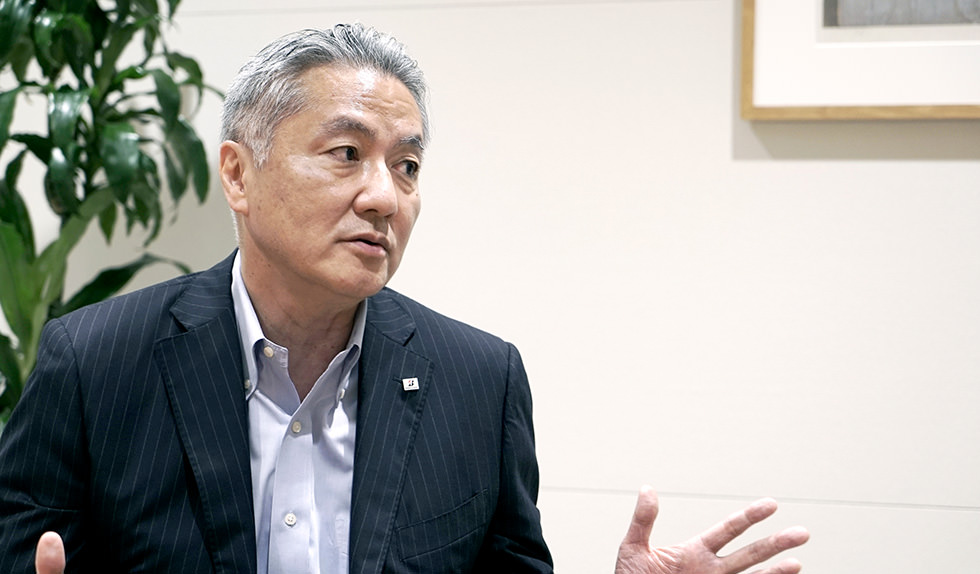
Why Bridgestone support the BWSC
As Ishibashi mentioned earlier, sports plays a major role in Bridgestone’s branding, with the company sponsoring everything from golf tournaments—the Bridgestone Open—to four wheeled races such as Indy Racing and other motorsport events. The company is also an official sponsor of the Super Bowl and the upcoming Tokyo Olympic and Paralympic Games. If you’ve ever watched a major sports event, chances are you’ve seen the Bridgestone logo.
However, the company’s support of the BWSC feels different—solar car racing, after all, is a niche sport. What was it that drew Bridgestone to make this commitment?
“Electric vehicles (EVs) are becoming more widespread as a sustainable means of transportation, and solar cars represent a further evolution of that trend,” Ishibashi explains. “When you consider that all life on earth is sustained by the sun’s energy, the idea of converting that energy into mobility feels profound. I feel like the technological challenges posed by solar car racing are crucial to humanity’s future.”
Ishibashi says there are four criteria for Bridgestone to support a sporting event.
The first is that the event must have the potential to portray Bridgestone in a positive light and enhance the company’s brand image. Bridgestone is not a passive sponsor of the BWSC, watching the event unfold from an elevated position; they support the event from the ground up by providing teams with tires they have developed specifically for solar cars. Their active participation in a niche yet well-loved sport gives the company a lot of goodwill.
The second requirement is that the event must have some association with Bridgestone’s technology. The tires that the company provides to BWSC participants are known as “ECOPIA with ologic.” ECOPIA is the company’s eco-friendly product brand, while ologic is a tire that Bridgestone jointly developed with BMW for the latter’s revolutionary EV, the i3. The ologic tire offers lower rolling resistance, allowing cars to be more fuel efficient, but it’s also less air resistant due to its slim form. ECOPIA with ologic is a modified version designed to last 3,000 km races. It is much more resistant to tire wear, so the tires last longer, and as a result, the car emits less carbon dioxide.
Similarly, Bridgestone uses the golf tournaments they sponsor to improve the technology they incorporate in golf ball development.
The third criterion that Bridgestone requires of events they sponsor is that they lead to new business. No matter how major or minor the event, it is important that the event contributes to the company’s bottom line.
The fourth and last requirement is that the event encourages unity among Bridgestone’s employees.
“This relates to the concept of ‘unity in diversity’ espoused by the Olympics,” Ishibashi says. “We have 140,000 employees around the world, of which only 28,000 are Japanese. It’s quite a diverse organization. When you have employees from so many different backgrounds with so many different worldviews, it’s important to be able to unify their philosophies. In the case of Bridgestone, we have unified our employees under a common corporate mission: ‘serving society with superior quality.’ Sports also has the ability to bring people together, but in a different way than we do. They provide people with moments of joy and wonder that instill in people a shared sense of pride.”
Ishibashi says that in addition to these four requirements, Bridgestone looks for other qualities unique to that event that can be beneficial to the company.
“For example, sponsoring the Paralympics allows us to convey an inclusive image,” he explains. “Sponsoring a solar car race demonstrates our commitment to supporting cutting-edge, next-generation technology.”
Given these requirements, I cannot imagine a more appropriate event for Bridgestone to sponsor than a solar car race.
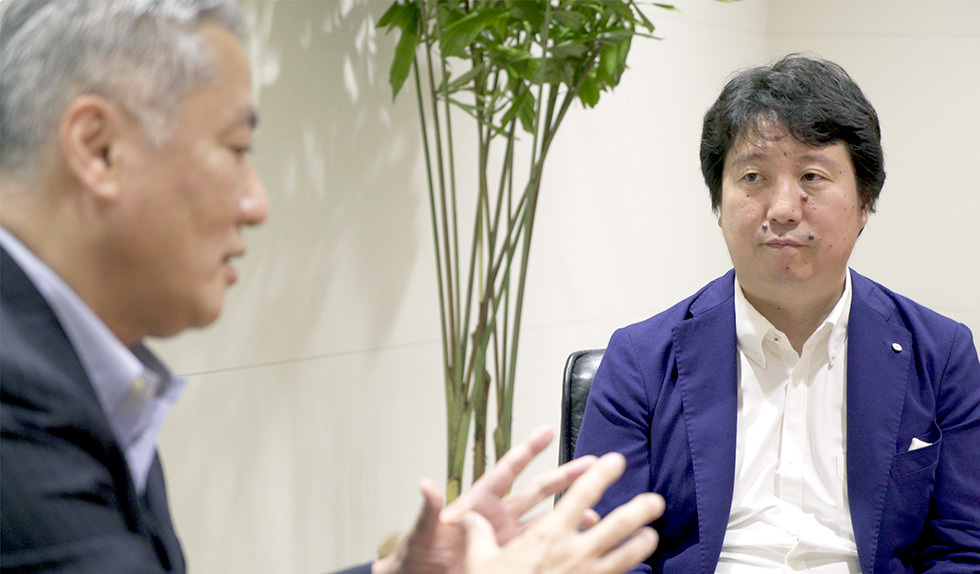
Highlights of the 2019 race
The BWSC is held on every odd-numbered year, which means it takes place this year, on October 13.
The solar cars entered into the competition seem to evolve by leaps and bounds with every race, but so does the event itself.
Asked what we can expect to be the highlight of this year’s BWSC, Ishibashi replies, “Teams compete in two classes, defined respectively by speed and practicality. By definition, a race involves people competing to see who can finish first, so I’m certainly looking forward to that aspect, but the practicality-focused class is also worth keeping an eye on. Entrants in this class are assessed on everything from energy efficiency to comfort and design.”
There’s a reason Ishibashi is encouraging a closer look at this second category. Five former members of the Eindhoven University of Technology team—one of the slew of Dutch teams that have been dominating the last few races—launched a startup and announced the Lightyear One, a solar-powered consumer EV that is scheduled for a 2020 release. BWSC is not just a race; it’s a platform for producing the mobility of the future.
You can find out more about the BWSC and the race’s highlights at this official website. Once you read up, you might want to travel down to Australia for an in-depth look at the race! Events are held in both Darwin(the start point) and Adelaide(the end point) to mark the race, so you’ll never be short of things to do.
If the 21st century ends up becoming an era of sustainability and environmental friendliness, it may very well be due to the impact of this Australian solar car race.
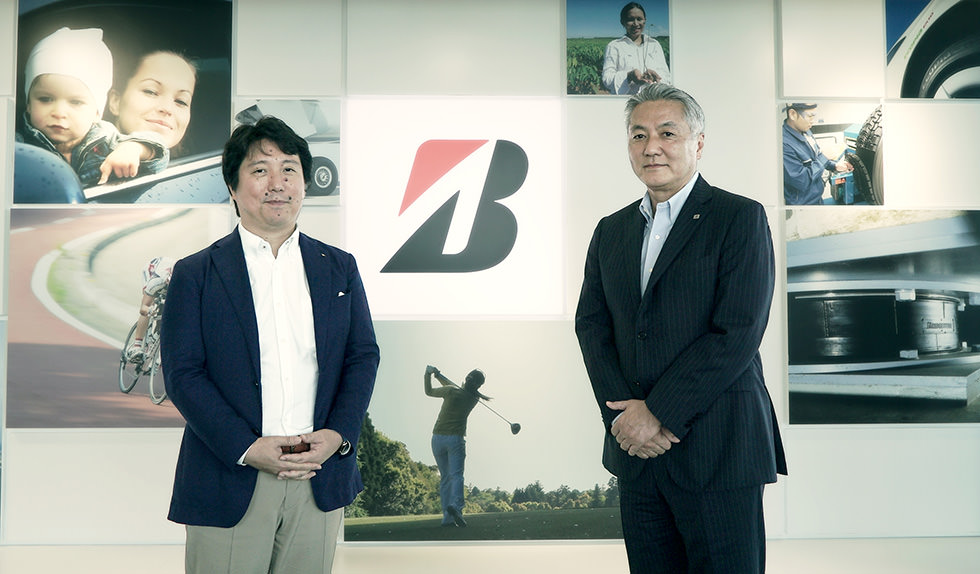
This is the first part of a two-part report. For the second part, in which the writer explores how the BWSC can influence our future, and what sort of future Bridgestone is attempting to build, click or tap here.

-

Kome
Kome is a fluffy, one-year old Golden Retriever. She inherited the territory from her owner’s previous dog, ef. Affectionate and playful, Kome melts everyone’s heart with her sweet baby face in contrast to her impressive physique.efrinman Kome’s owner. She is an illustrator popular for her dog illustrations and comics.
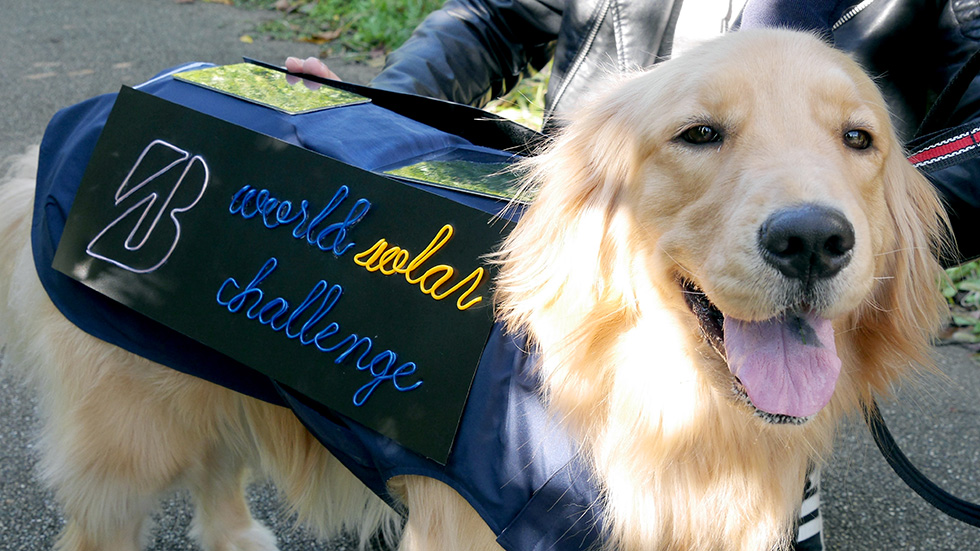
Kome, the popular Golden Retriever gives it a try! – A dog jacket that uses solar energy
-

Funny Dress-up Lab
Collage artist. Fascinated by various aspects of decorative stickers, such as their vivid colors, unique shapes, misregistration, and the fact that they are now dead stock, he has been creating collage works using solely decorative stickers without altering them in any way. He will cease creating these works when the current stock in the world runs out.
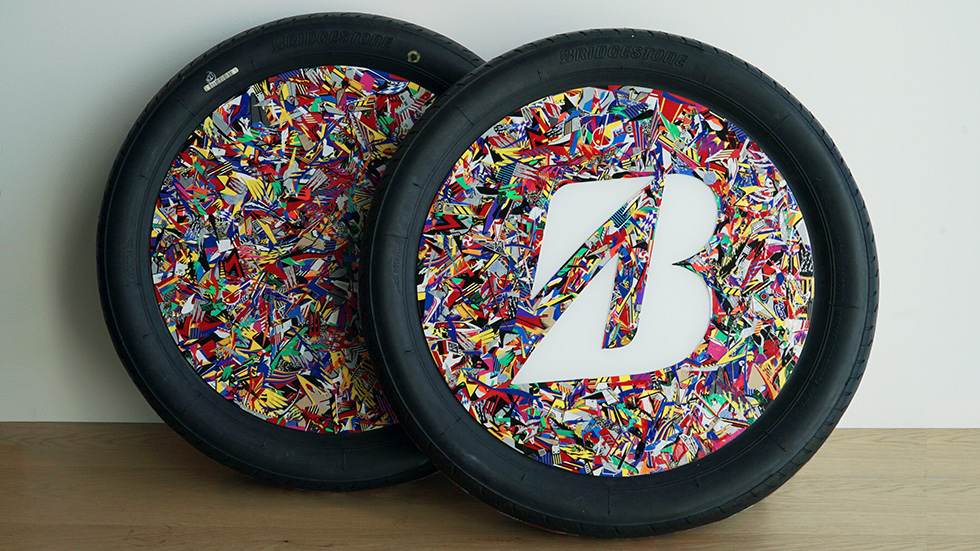
Dressing up tires with stickers for model cars! BWSC collage art piece by Funny Dress-up Lab
-
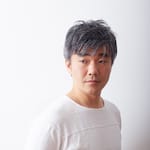
Taku Omura
Product designer. Taku Omura designs personal items, such as household goods and stationery, and develops his own products. His tweet with a hashtag, making proposals for corporate gifts without being asked, often becomes a trending topic on Twitter.

Give it a try! Taku Omura elaborates on solar-powered candy crafts with a magnifying glass

-

Kome, the popular Golden Retriever gives it a try! – A dog jacket that uses solar energy
-

Dressing up tires with stickers for model cars! BWSC collage art piece by Funny Dress-up Lab
-
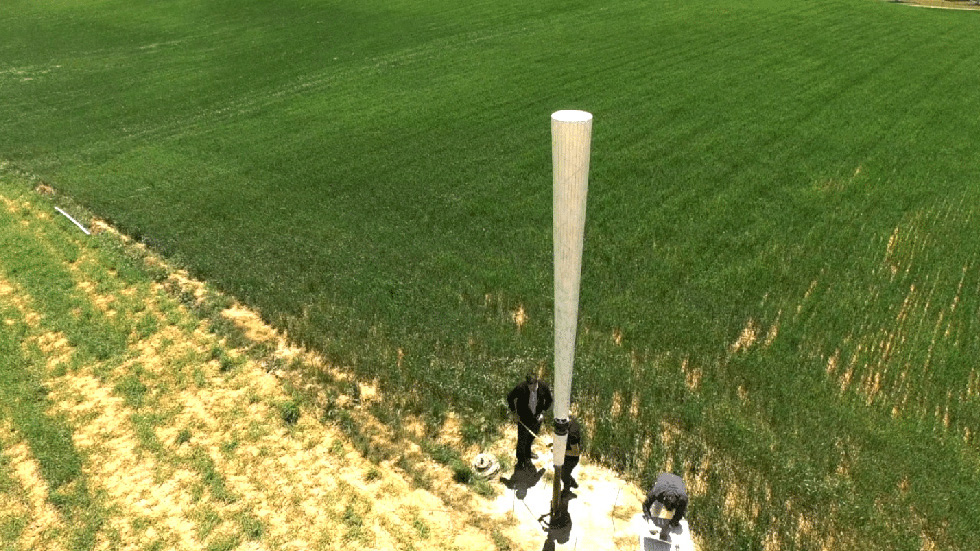
No blades! A pole-shaped wind turbine, Vortex Bladeless, generates power by shaking.
-
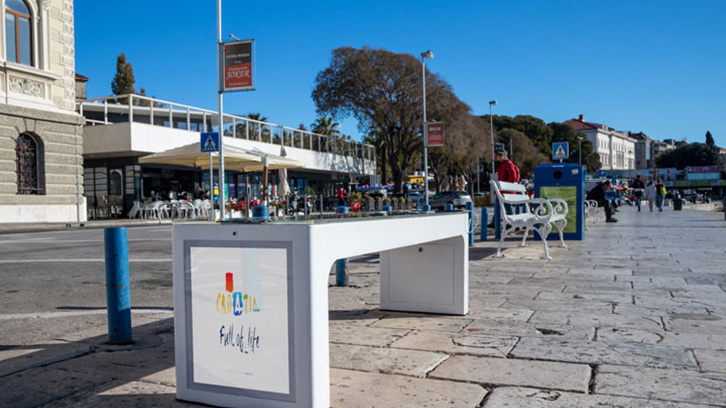
Solar-powered bench Steora as a device charger, Wi-Fi hotspot, advertising display, and CCTV!

